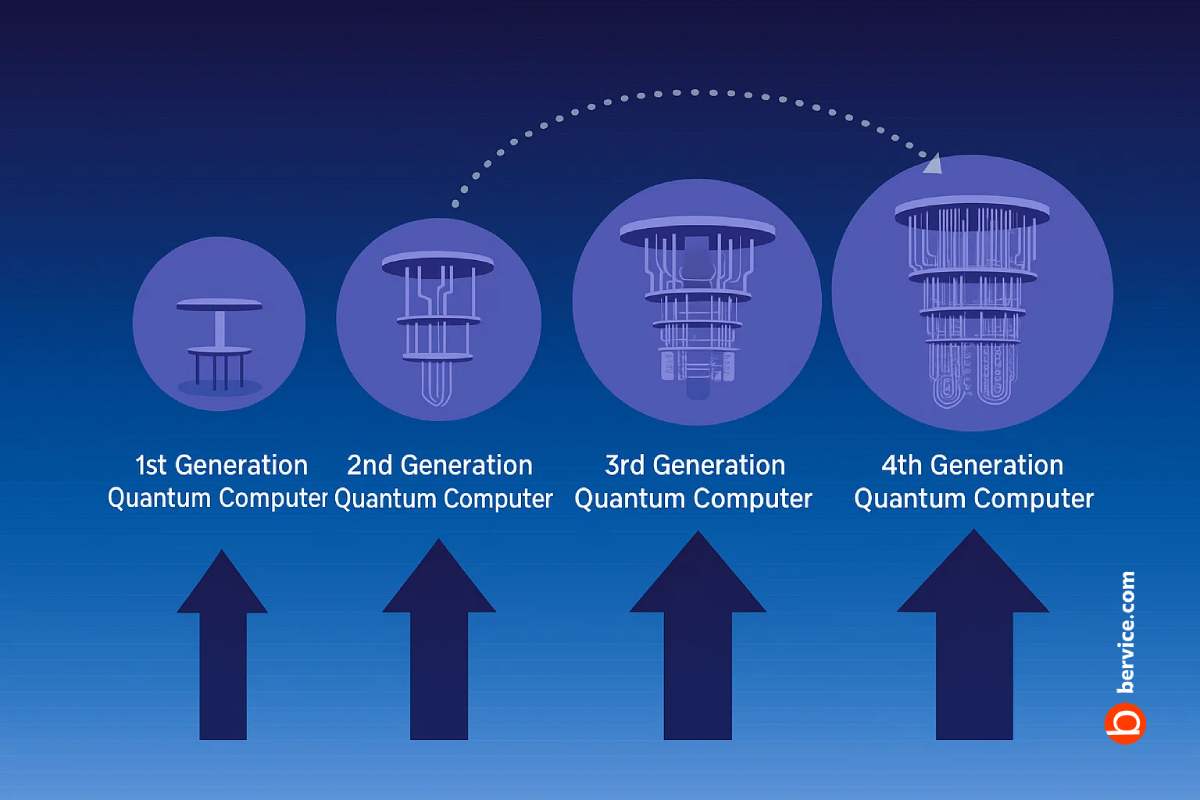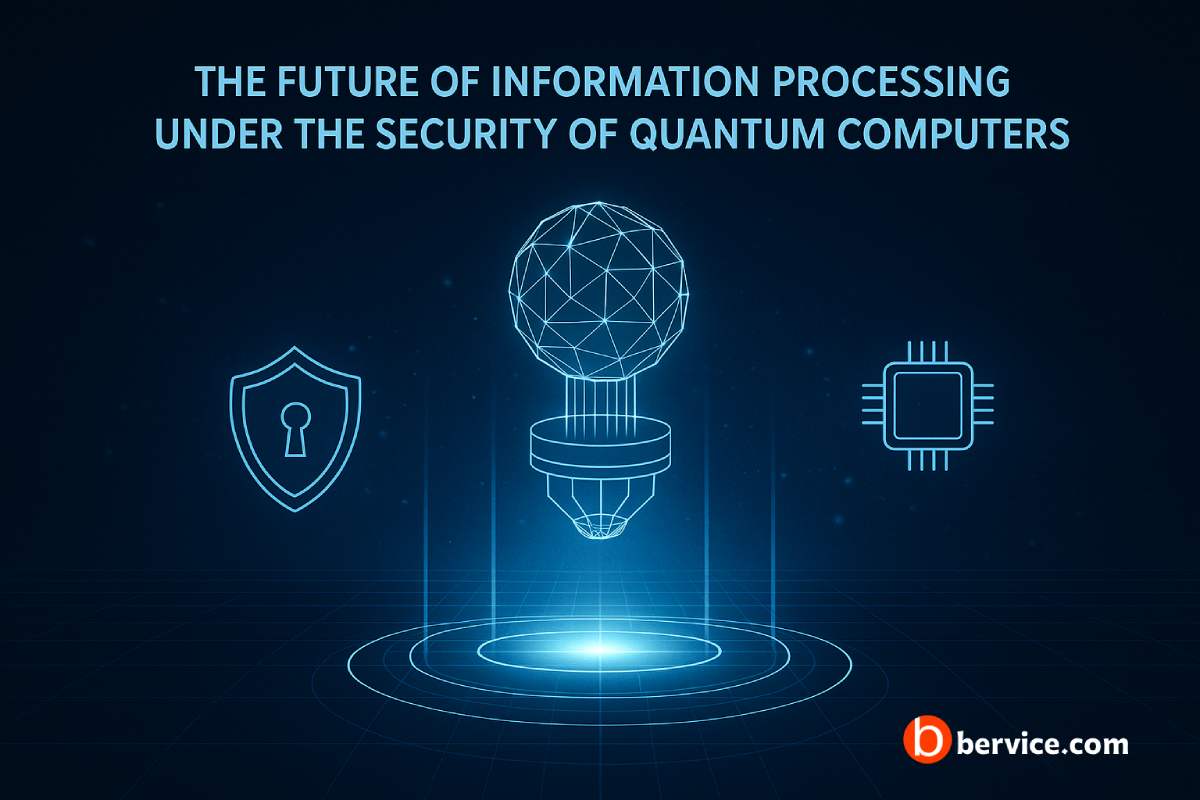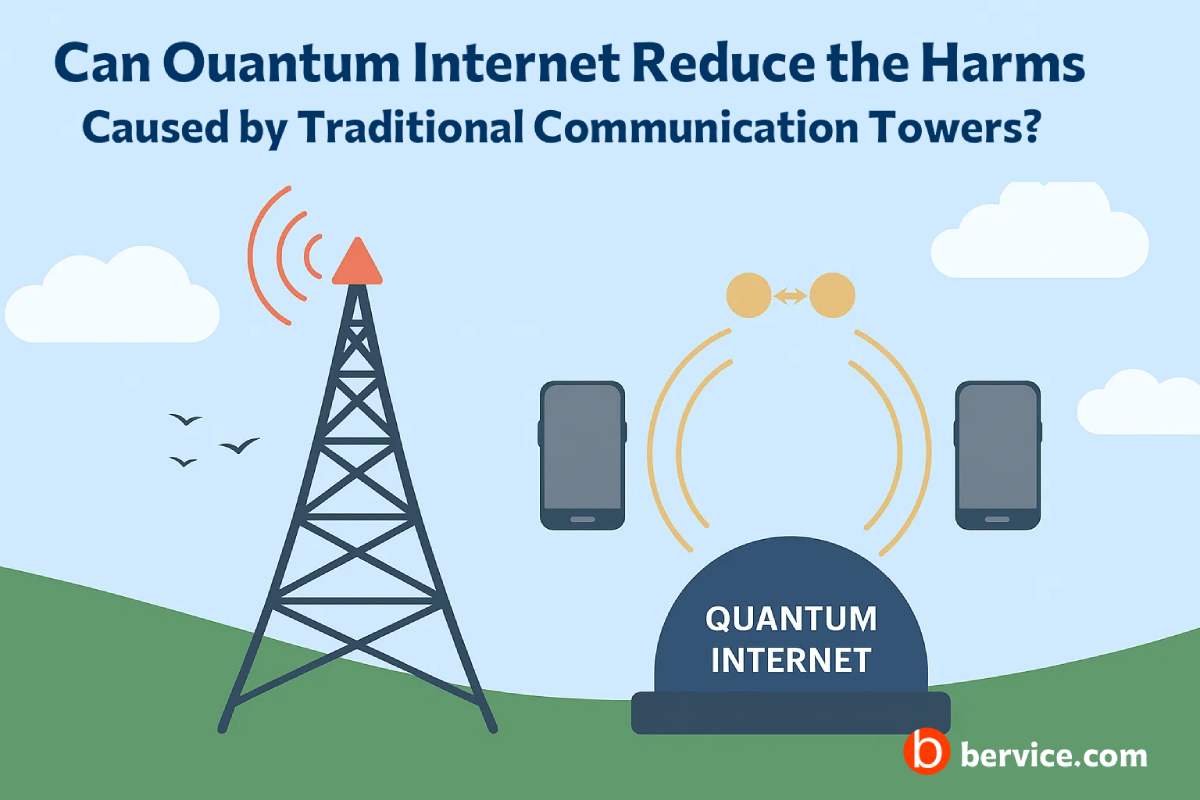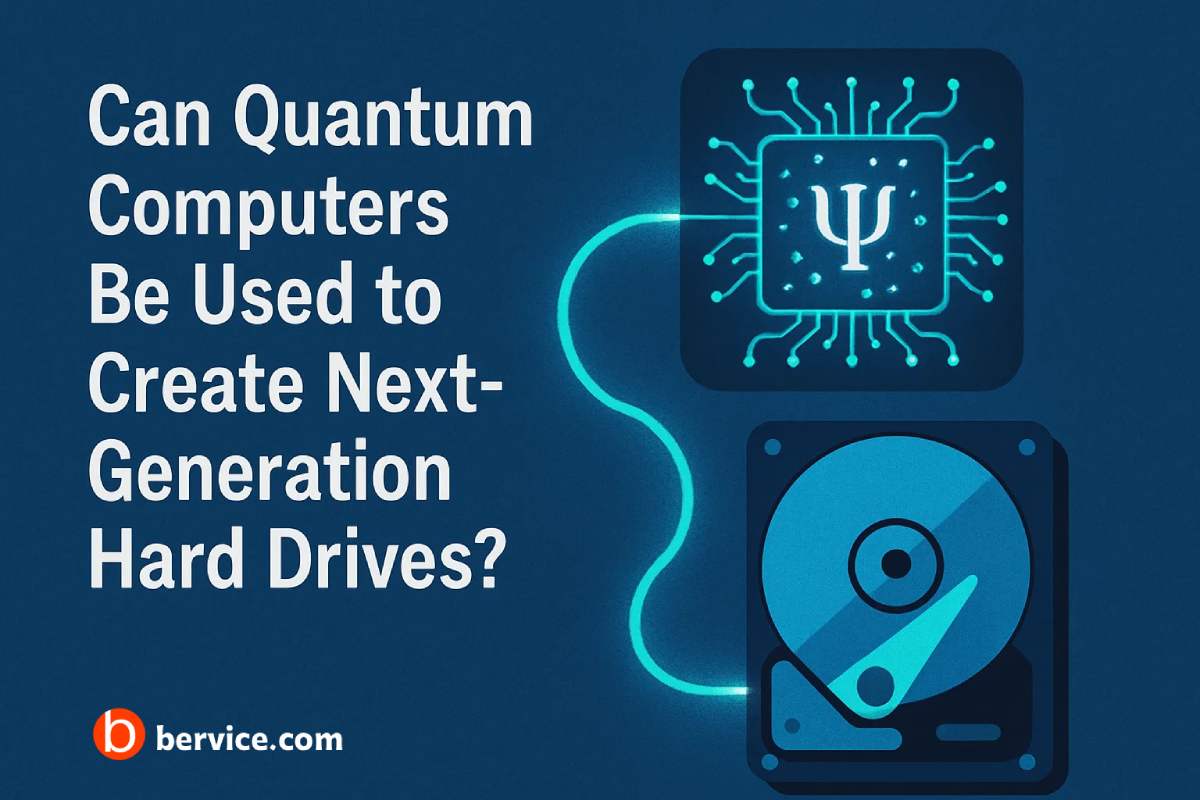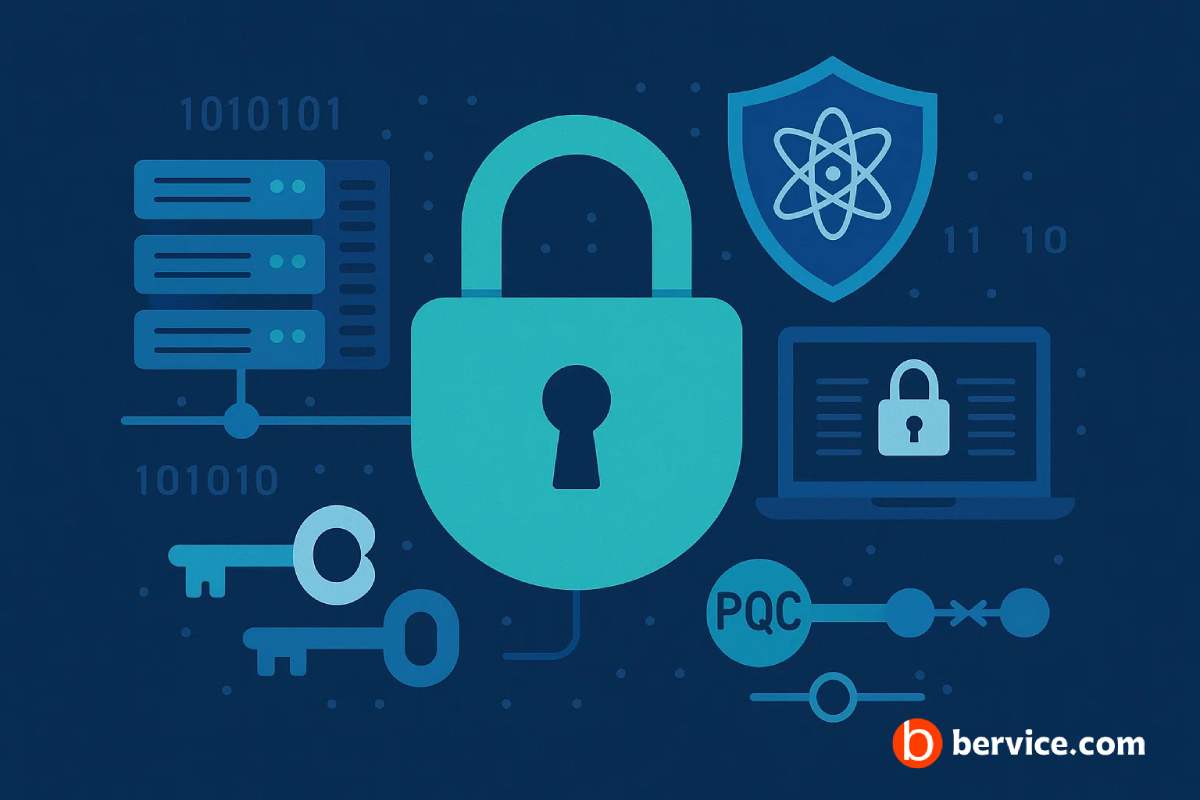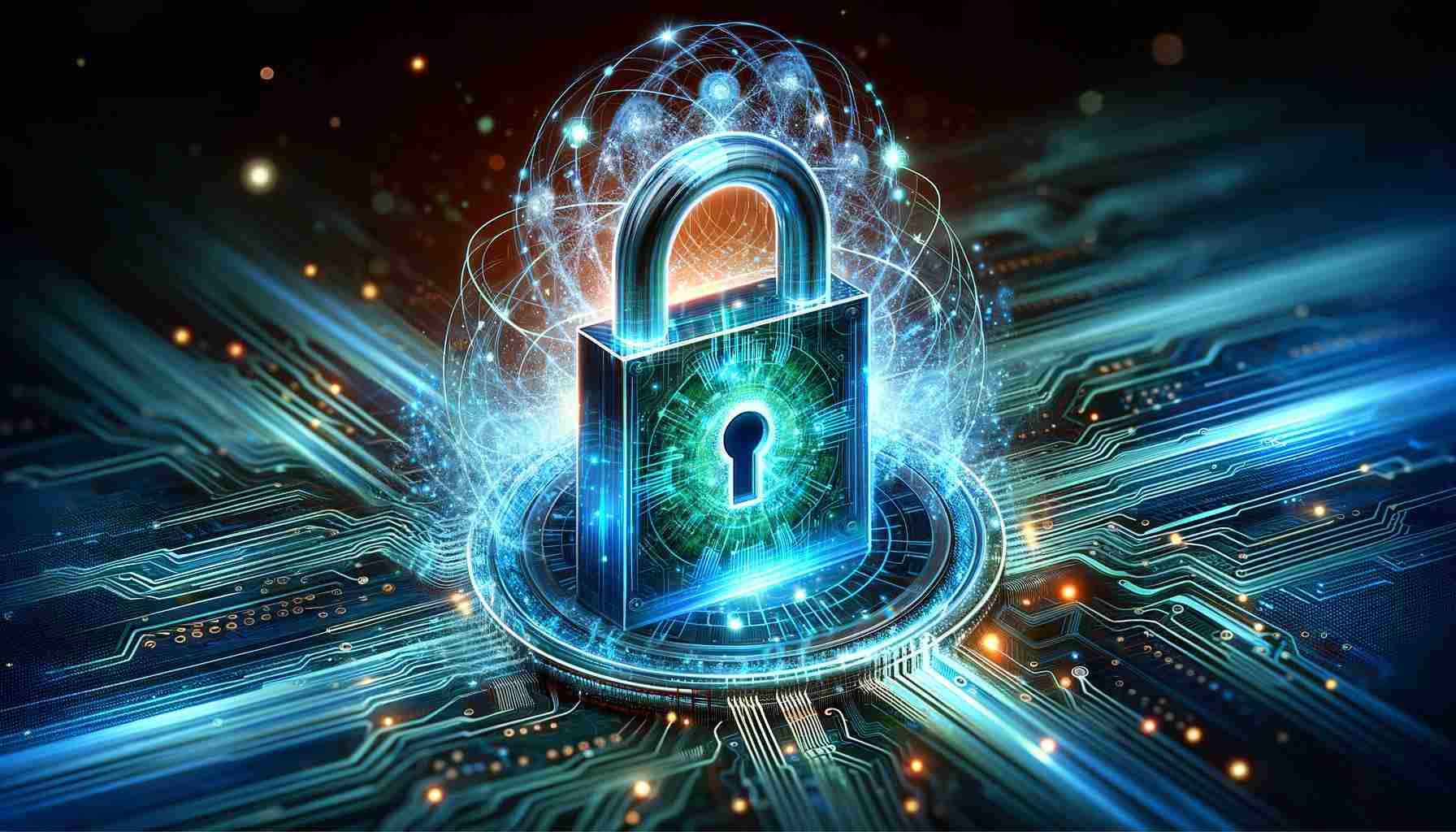
The rapid advancements in quantum computing have raised significant concerns in the realm of cybersecurity, particularly regarding the future of data encryption. Quantum computing’s potential to solve complex mathematical problems exponentially faster than classical computers means that current cryptographic algorithms could be compromised. This article explores the intersection of quantum computing and data encryption, discussing the potential risks and the solutions being developed to ensure cybersecurity in the post-quantum era.
1. The Threat to Classical Encryption Algorithms
Classical encryption algorithms, such as RSA, AES, and ECC (Elliptic Curve Cryptography), are foundational to the current internet security infrastructure. These algorithms rely on the difficulty of certain mathematical problems for their security. For example, RSA’s security depends on the difficulty of factoring large numbers, while ECC relies on the difficulty of solving the elliptic curve discrete logarithm problem. However, quantum computers have the potential to solve these problems much faster using algorithms like Shor’s algorithm, which can factor large numbers exponentially faster than classical methods.
Shor’s algorithm, in particular, poses a direct threat to RSA and ECC, as it can efficiently break these encryption schemes. This would undermine the security of everything from secure email communications to banking transactions and sensitive government data.
2. Post-Quantum Cryptography (PQC)
To mitigate the risks posed by quantum computing, researchers are focusing on post-quantum cryptography (PQC). PQC refers to cryptographic algorithms that are resistant to quantum attacks and can function securely even in a world where quantum computers are widespread.
PQC algorithms are typically based on mathematical problems that are not efficiently solvable by quantum computers, such as lattice-based cryptography, hash-based cryptography, code-based cryptography, and multivariate polynomial cryptography. These alternatives are considered quantum-safe, meaning they can provide security in the post-quantum era.
The National Institute of Standards and Technology (NIST) has been leading the effort to standardize post-quantum cryptographic algorithms. In 2022, NIST announced the first batch of algorithms that would form the foundation of quantum-safe encryption, including lattice-based schemes like Kyber (for public-key encryption) and NTRU (for key exchange).
3. The Role of Quantum Key Distribution (QKD)
Another promising development in the post-quantum landscape is quantum key distribution (QKD). QKD leverages the principles of quantum mechanics to securely exchange cryptographic keys. Unlike classical key distribution methods, QKD ensures that any eavesdropping attempt is immediately detected, as it would disturb the quantum state of the key. This makes QKD a potentially revolutionary approach to encryption, offering a way to secure communications against quantum and classical eavesdroppers alike.
The practical deployment of QKD, however, faces challenges related to infrastructure and range. Current QKD systems are limited by distance due to signal attenuation in optical fibers. However, research in quantum repeaters and satellite-based QKD aims to overcome these limitations, bringing us closer to a secure quantum internet.
4. The Transition to Quantum-Safe Encryption
As we prepare for the inevitable arrival of large-scale quantum computers, a crucial task is transitioning from current cryptographic systems to quantum-safe alternatives. This transition is not a simple task, as it involves rethinking everything from secure key management to the protocols that underpin internet security.
Organizations will need to begin adopting hybrid encryption systems that combine classical and quantum-safe algorithms to ensure security both now and in the future. Transitioning to post-quantum cryptography will require significant investment in research, development, and infrastructure to ensure that systems are robust against both current and future threats.
5. Conclusion: Preparing for a Quantum Future
The intersection of quantum computing and data encryption represents both a challenge and an opportunity for the future of cybersecurity. While quantum computing poses a serious risk to current encryption methods, advancements in post-quantum cryptography and quantum key distribution offer hope for a secure future. The race is on to develop and deploy encryption systems that are resistant to quantum attacks, ensuring that our data remains protected in the post-quantum era.
As the world continues to evolve towards quantum computing, it is crucial for both individuals and organizations to stay informed about these advancements and be prepared to adopt quantum-safe solutions to secure sensitive information. The future of encryption lies in our ability to adapt and innovate in the face of unprecedented technological change.
Connect with us : https://linktr.ee/bervice
